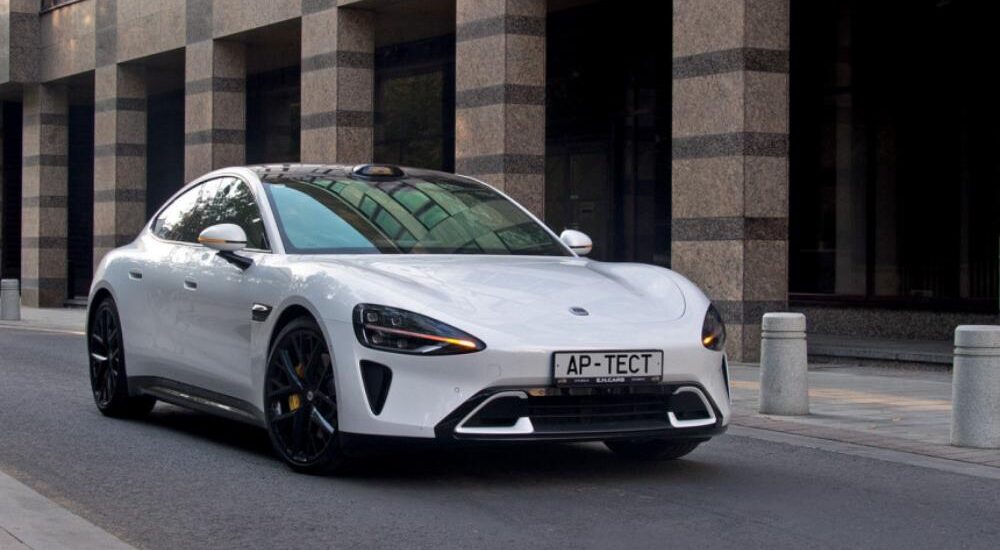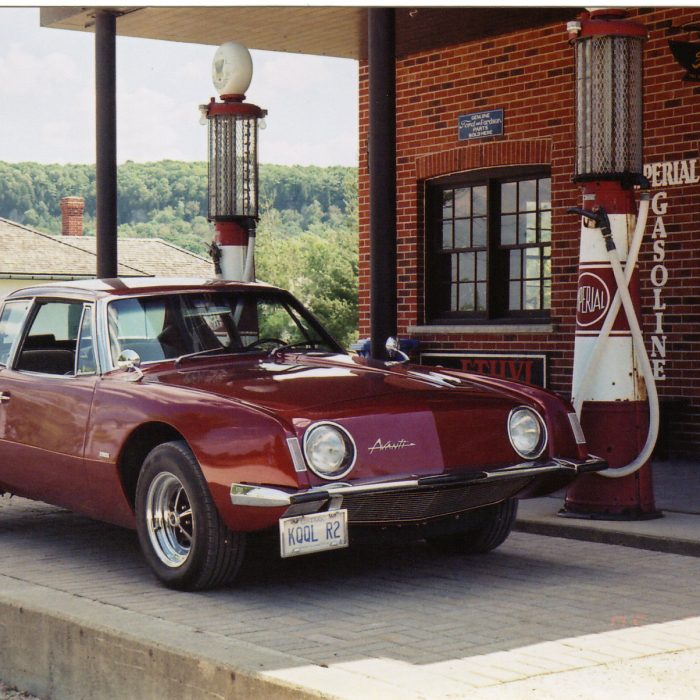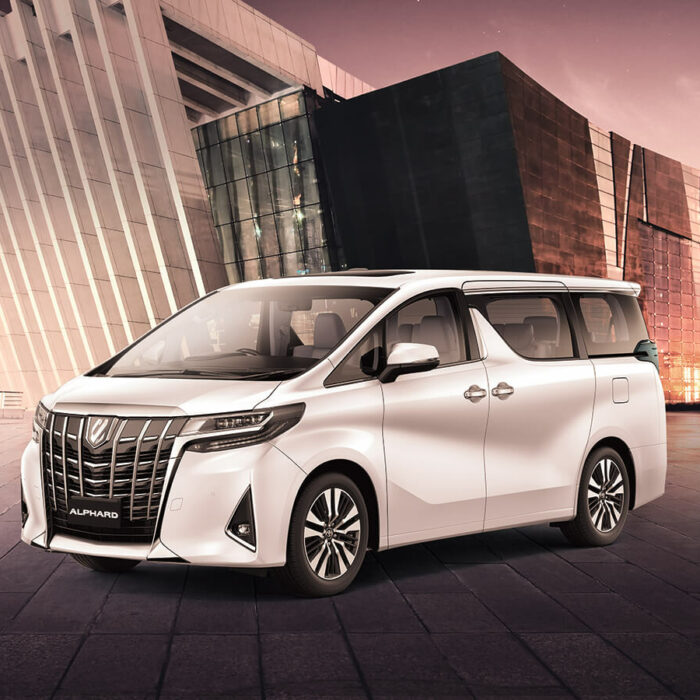A jolt. Sharp as a boxer’s hook. Merciless and silent, like a ninja strike. What was that? The acceleration of the Xiaomi SU7 Max super electric sedan in Sport+ mode.
Just three years from scratch to full production — how do you like that, Elon Musk? After all, these are your ideas. Your technologies.
Ivan Krylov, the Russian fabulist, once wrote: “It’s trouble when the cobbler bakes pies, and the pastry cook repairs boots — the work will not go well.” Case in point: tech giant Apple spent a decade on its electric car, but Project Titan fizzled. So what are you doing here, Huawei?
Or wait — sorry — Xiaomi. I still get them mixed up.
Aren’t they supposed to make phones and gadgets? Let them stick to that. Why jump headfirst into the high-risk, low-margin automotive industry? The rats will bite off your tail. Like Krylov’s pike that dared to hunt mice in the cat’s granary.
But the glory of Elon Musk clearly gives no peace. So Huawei launched Aito with Seres Group, and Xiaomi went even further — creating a supposedly ground-up, fully original electric sedan.
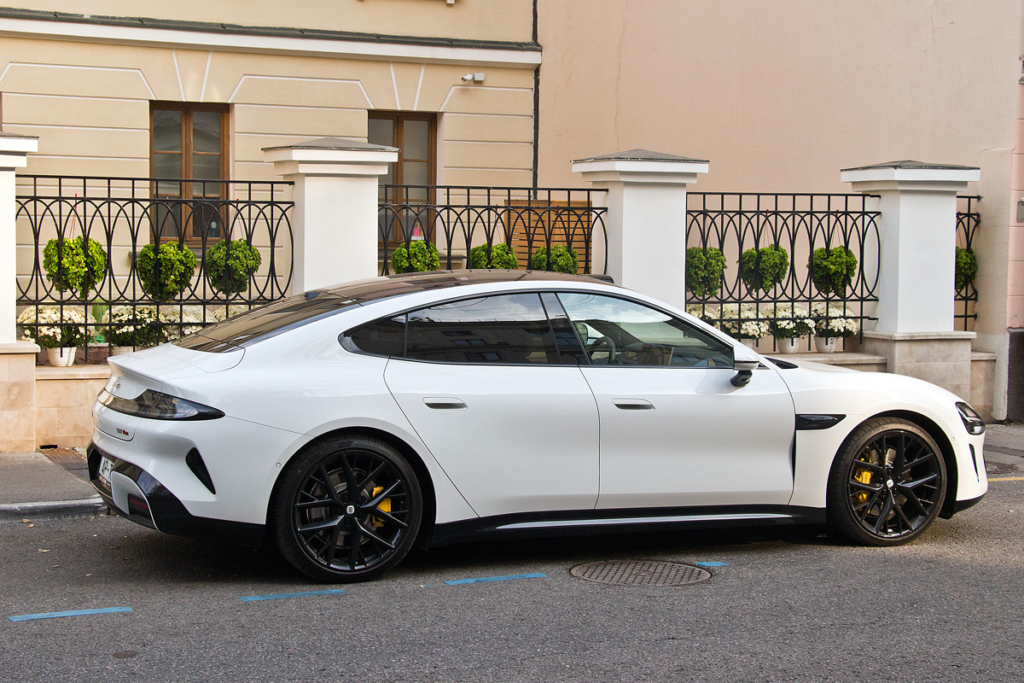
The Specs Sheet: Meet the Xiaomi SU7 Max
– Model: Xiaomi SU7 Max
– Motor power: 495 kW (664 hp)
– Battery capacity: 101 kWh
– Tires: Pirelli P Zero
– Software: Xiaomi HyperOS 1.1.2
Is this a Porschesla or a Teslorsche? Take a Model S and a Taycan, blend — but don’t shake. The body is streamlined, almost anonymous yet stylish, with a slippery silhouette (a claimed drag coefficient under 0.2) and a retractable rear wing.
It looks compact but is actually substantial: with a 3-meter wheelbase and an overall length of 5 meters, it’s in the same class as the current BMW 5 Series. Yet in China, it’s priced like a Tesla Model 3 — starting around $30,000 for the rear-wheel-drive SU7 and topping out at $42,000 for the SU7 Max.
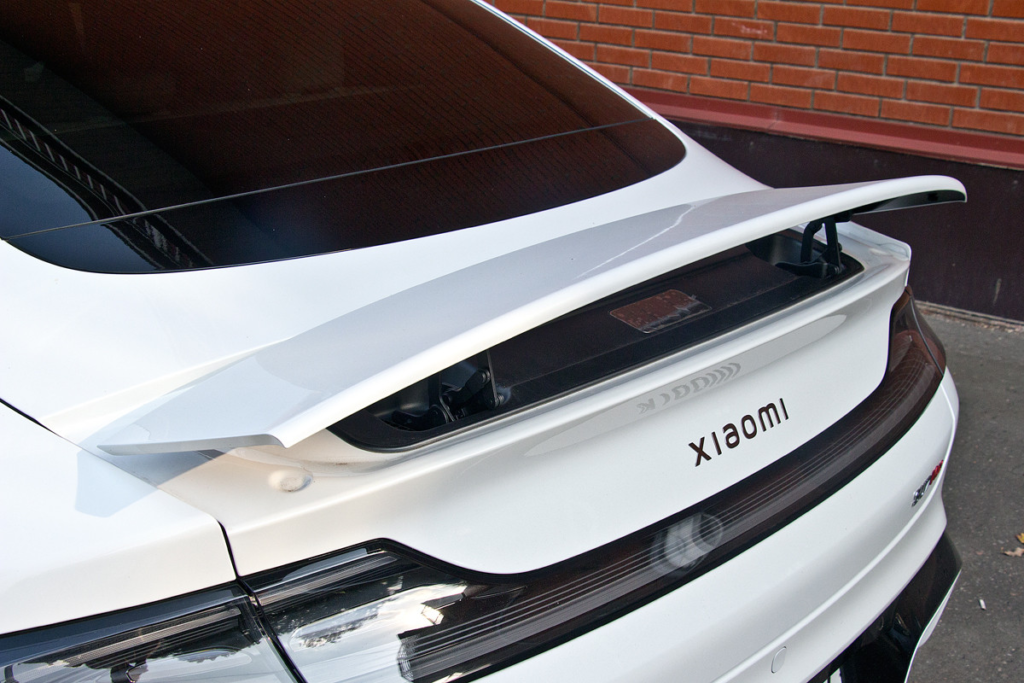
Xiaomi cars aren’t officially sold outside China — well, not entirely. This particular top-trim SU7 Max was imported to Russia by the Moscow-based company E.N.Cars. Unofficially, of course. That means the interface is in Chinese, and there’s no navigation system…
But What Is There? Insane acceleration.
In Comfort mode, the SU7 Max is calm — 0–100 km/h in about 6.5 seconds. But flip the manettino-style drive selector to Sport, and the electronics open the tap. In Sport+, the car delivers instant torque to the stator windings without delay. In electronics terms, it’s all about pulse rise time: the steeper, the better. Here, the response feels like a perfect square wave. Hit the pedal — and it’s like getting rear-ended by a freight train.
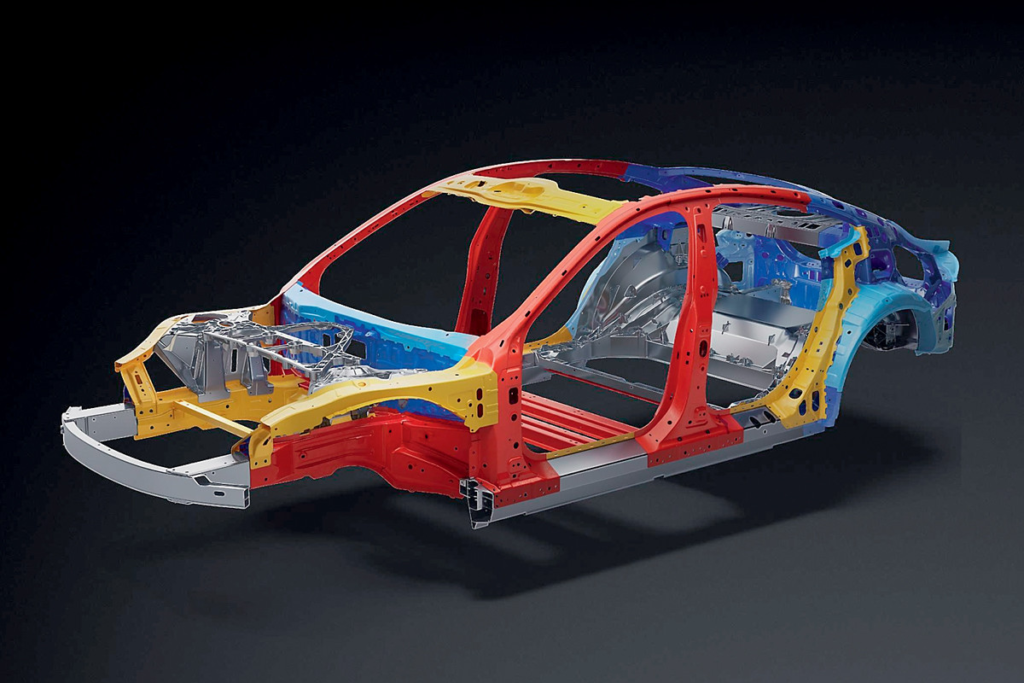
The steel parts are highlighted in color (red – ultra-high-strength), and the thresholds, rear floor module, front crossbar, pillar supports and panel under the rear window are aluminum
The only time I’ve felt such inhuman acceleration was behind the wheel of a Porsche 918 Spyder about a decade ago. That’s insect-speed — not mammalian.
But the 918 could stop accordingly. The Xiaomi’s braking is more dramatic: it dips forward under load, rapidly triggers high-frequency ABS, then relaxes, then bites again. Up front, you get fixed Brembo calipers with ventilated, perforated discs. In the rear: basic solid rotors with floating calipers.
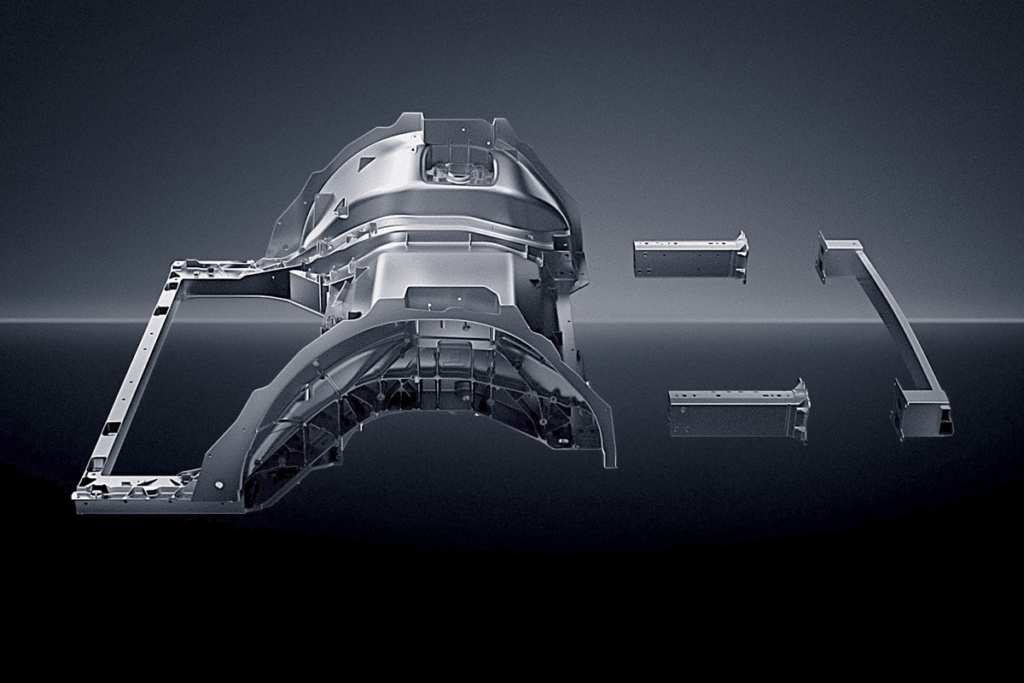
The rear module is manufactured in a single blow by a 9,500-ton press. Programmed deformation during impact is provided by crash boxes and cross beams at the front and rear
Still — the very fact we’re comparing this affordable debutante from a Chinese tech brand to an exclusive Porsche is already astounding.
So Who Helped?
Reporters have dug into this. The design team is led by Tianyuan Li, who previously worked on the BMW iX. The SU7’s exterior was penned by James Key, known for the ultra-aerodynamic Mercedes-Benz Vision EQXX concept. Both have real top-tier auto industry experience.
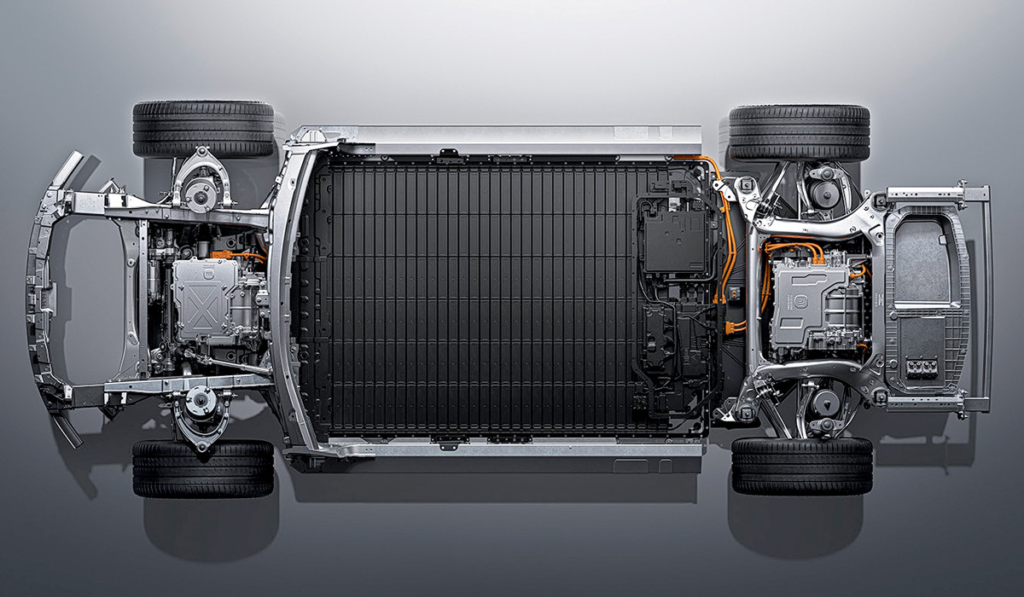
The rear motor, as usual, is more powerful than the front one — 275 and 220 kW, respectively. The axle weight distribution is an ideal 50:50, the suspension kinematics do not allow for roll steering. All that remains is to polish the control software.
And the SU7’s design consultant? None other than the legendary Chris Bangle. In Xiaomi’s promotional video, he strolls around the car in yellow sneakers and says: “This is a production car? Great design — really impressive.” Later, he clumsily tries to drift it on a test track.
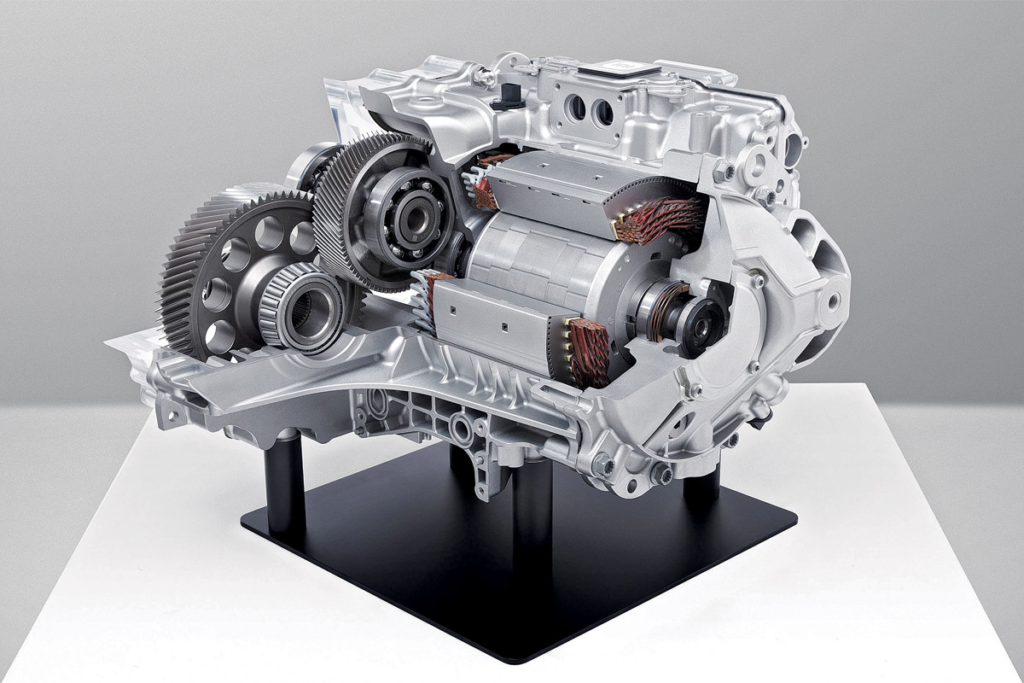
The stator of the synchronous motor is wound with a rectangular copper busbar, the reduction gear is single-stage
And you know what? The design is impressive. The cabin too. Interior quality is excellent: door panels are supple, buttons feel satisfying, and the leatherette stitching is precise. The materials don’t pretend to be anything they’re not — high-quality synthetics, no cows or trees harmed, just oil and gas.
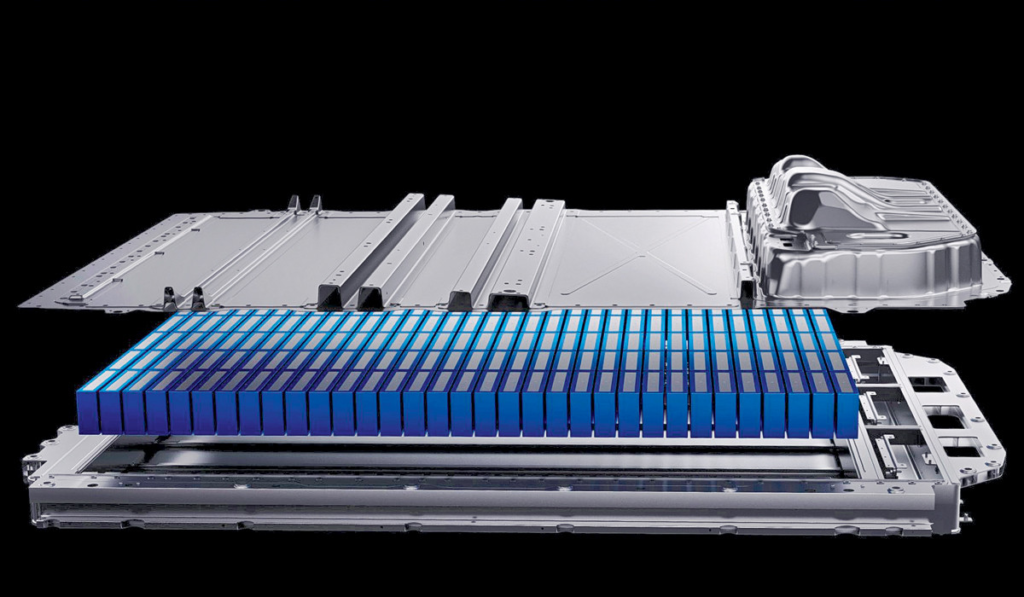
The battery is an inverted CTB (cell-to-body) and is protected by 36 patents: rectangular batteries are included in the power structure of the body and seem to grow from the bottom downwards with safety valves like stalactites. Aerogel for better heat dissipation, more than ten layers of high-voltage protection – the design is safe when heated up to 55˚C
Surprising Ergonomics
Turns out, you can get things right from the start. The door handles are conventional — not pop-outs, despite the ultra-low drag coefficient. The steering wheel feels great, takes just over two turns lock-to-lock, and doesn’t block any screens or buttons — which are all physical.
The main screen is within reach. Only the hazard light switch is annoyingly placed on the ceiling, and instead of inner door handles, there are awkward electronic buttons.
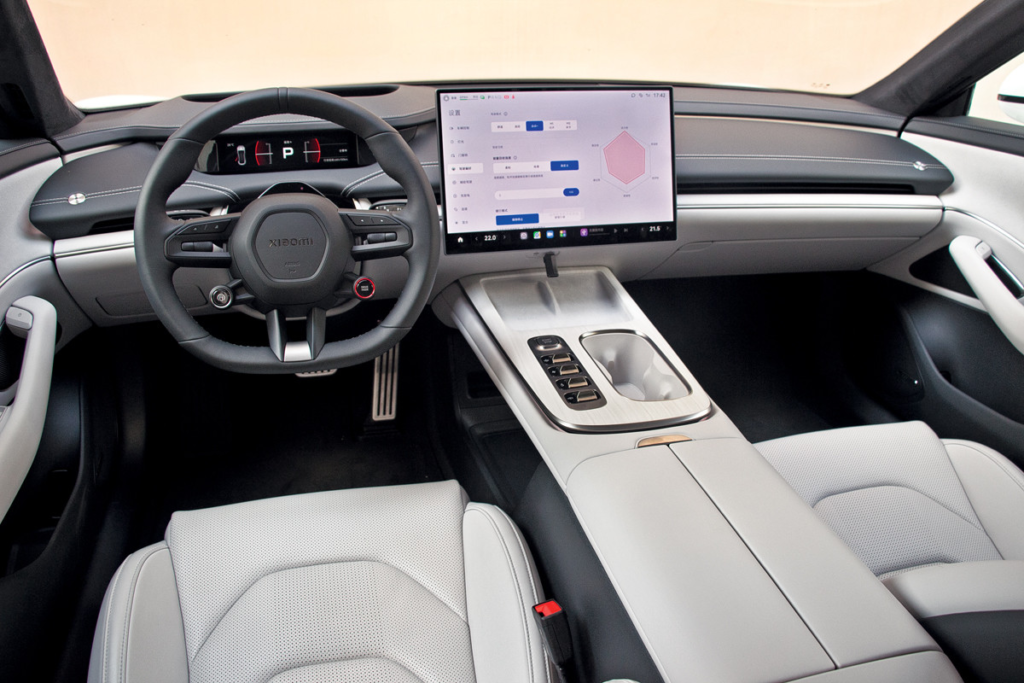
Eco-friendly: stylish, ergonomic, high-quality. Special thanks for the real buttons and drums on the steering wheel
The menu is intuitive — though it took me a while to find the audio and trip computer settings. All I had to do was swipe down, smartphone-style, on the relevant screen icons.
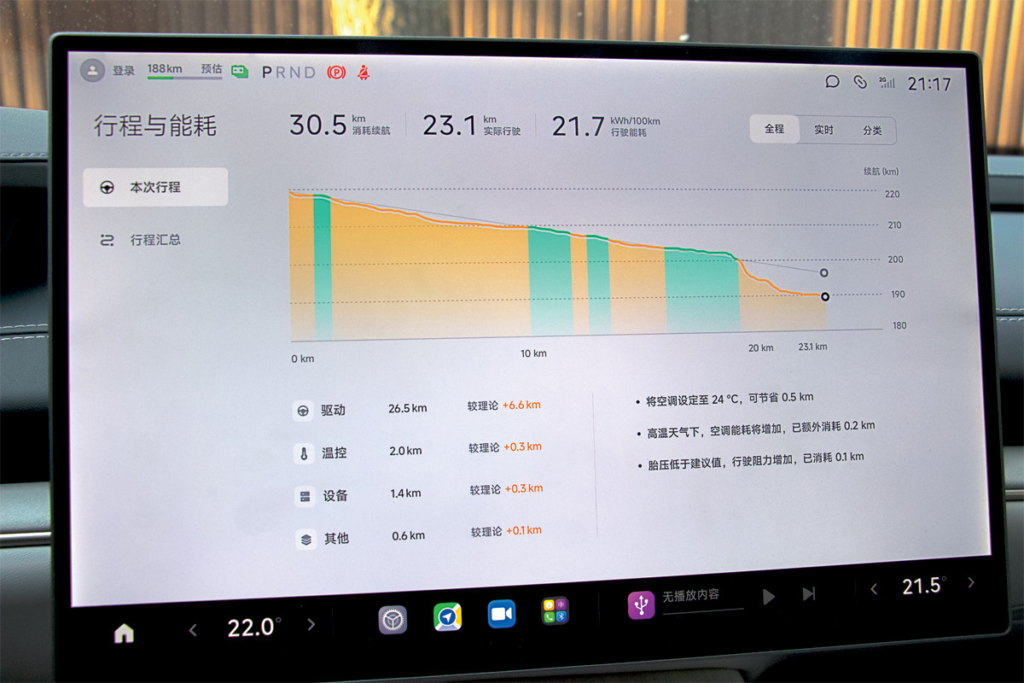
The on-board computer gives a full breakdown of energy consumption: how much was spent on driving, climate control and the rest. On average, it comes out to 21-23 kW h/100 km and a real 400-500 km on a full battery charge
And the audio system, proudly badged Xiaomi, really packs a punch — maybe too much. On rock tracks and heavy pop like Billie Eilish’s “Bad Guy,” the bass rattles the door panels. For jazz and classical music, it lacks finesse. But it does include Dolby Atmos surround processing, which feeds audio to 25 speakers via a Qualcomm Snapdragon 8295-powered multimedia system.
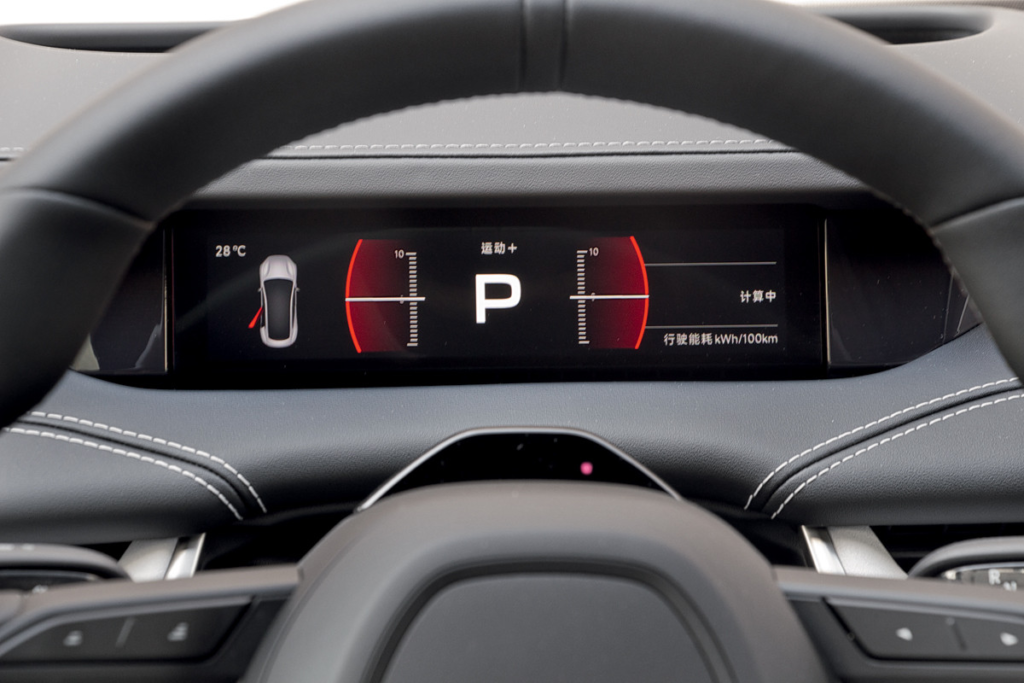
When switched off, the instrument display flips over, revealing a plug with a silhouette of a car
Sadly, you can’t use Chinese streaming services in Russia. The advanced semi-autonomous driving suite also doesn’t work outside China. Rear-wheel-drive versions come with one Nvidia Orin chip and use only radar, cameras, and sonar. The Max version is more serious: dual processors delivering 508 TOPS, plus a Hesai AT128 LiDAR unit on the roof — like on the Li Auto L9.
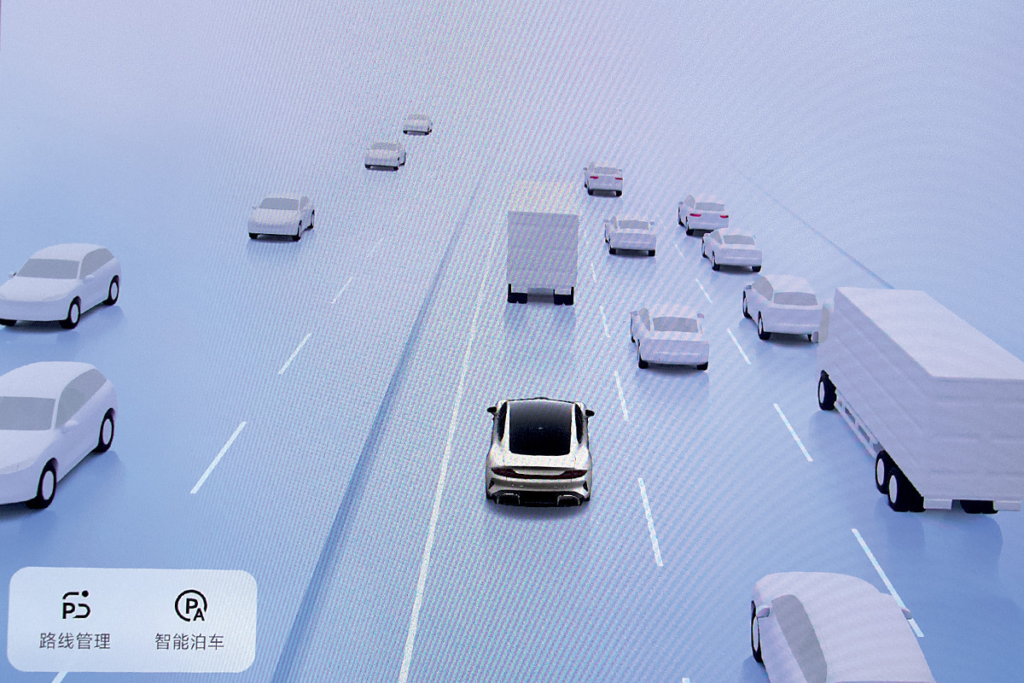
Lidar, three radars, 11 HD cameras and 12 sonars: Recognize the surroundings, including brake lights and traffic lights, accurately
And Yet, It’s Great to Drive
The SU7 is genuinely pleasant behind the wheel. In Comfort mode, the steering is intuitive and light, with minimal tramlining. And the ride quality? Superb. The air suspension smooths out small bumps without wallowing, absorbs harsh impacts gracefully, and even handles speed bumps at pace — all on 21-inch wheels.
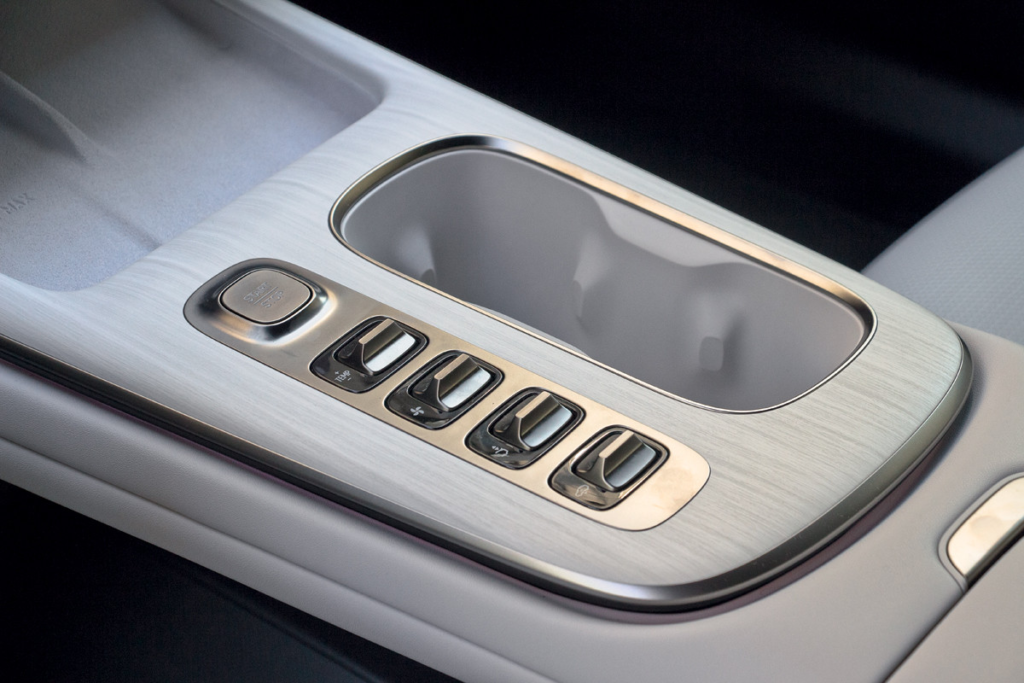
A real start-stop button, how nice. From this remote you can select the suspension level or raise the spoiler – all in four options
A key to that refinement is the steel-aluminum body, with ultra-high natural resonance frequencies. “Why should I be worse than Musk, who ordered the biggest giga-presses in the industry?” thought Xiaomi founder Lei Jun. So he contracted Haitian in Ningbo to supply two 9,500-ton isothermal presses and co-developed a system of 60 machines executing 433 processes.
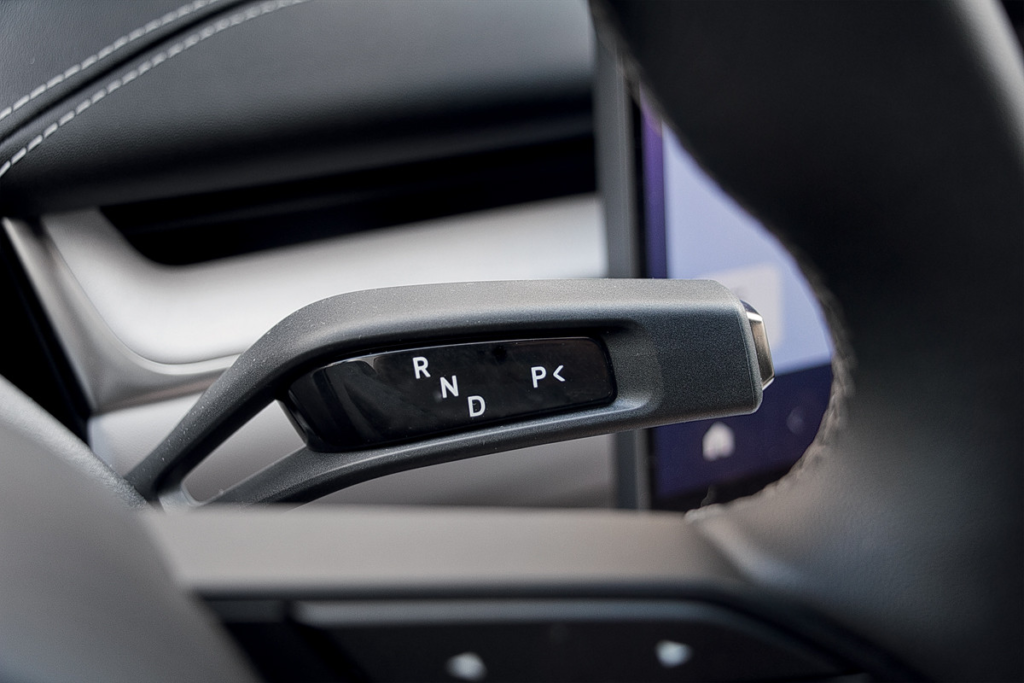
The stylish steering column stalk is responsible for P-R-N-D
They even worked with metallurgists to create and patent a new aluminum alloy called Titan, with additives like magnesium, iron, manganese, strontium, zirconium, hafnium, zinc, lanthanum — and even titanium oxide.
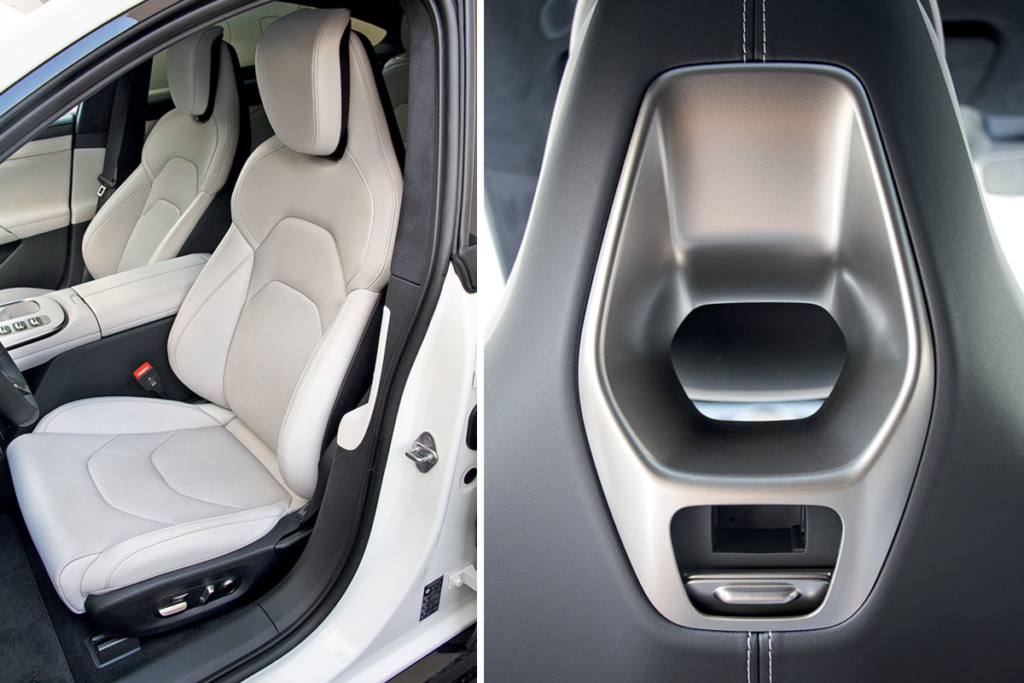
• The seats are comfortable, the ventilation is effective and silent. A massage would be nice.
• You can attach special tablets to the backs for the rear passengers
Why? Because the chassis uses high-pressure die casting. Ninety kilograms of molten “Titan” (at 700°C) fill the mold in 100 milliseconds — with flow dynamics optimized by neural networks. One massive press stroke produces an entire rear floor panel, replacing a 72-part assembly. The result? 840 fewer welds, 17% weight reduction, and 2 dB less cabin noise. Torsional rigidity? A stunning 51,000 Nm/deg.
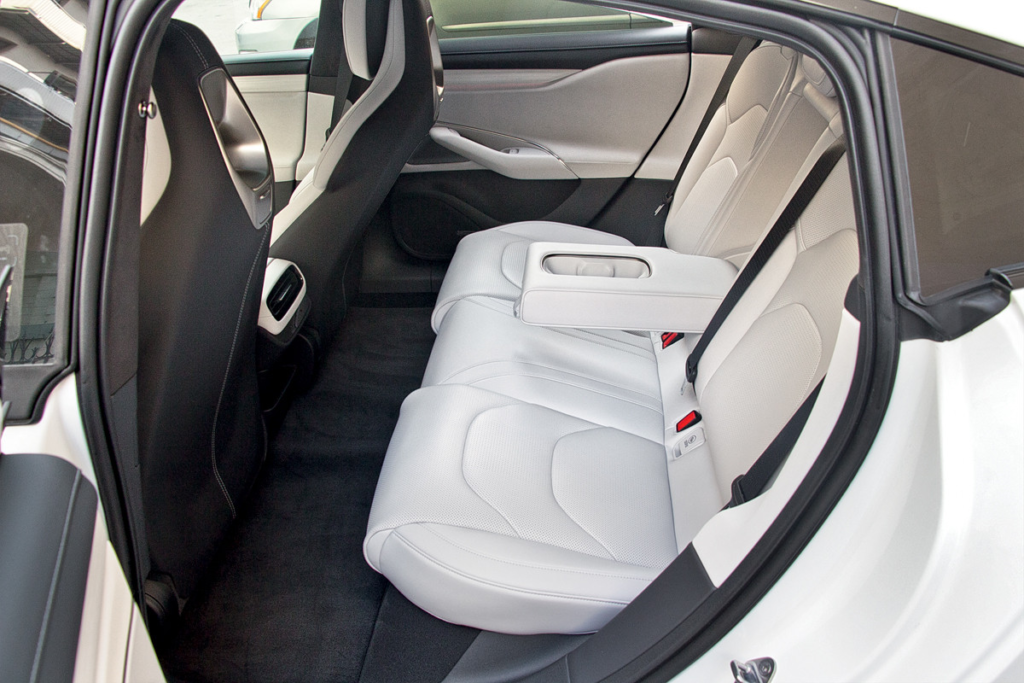
You’d expect more space in the back from a five-metre car, but not the longest-legged ones will be comfortable here.
The SU7 feels solid. And quiet — despite frameless windows with single-layer glass. Occasionally you’ll hear a faint hiss — perhaps from inverters or the bearings of rotors spinning at up to 21,000 rpm.
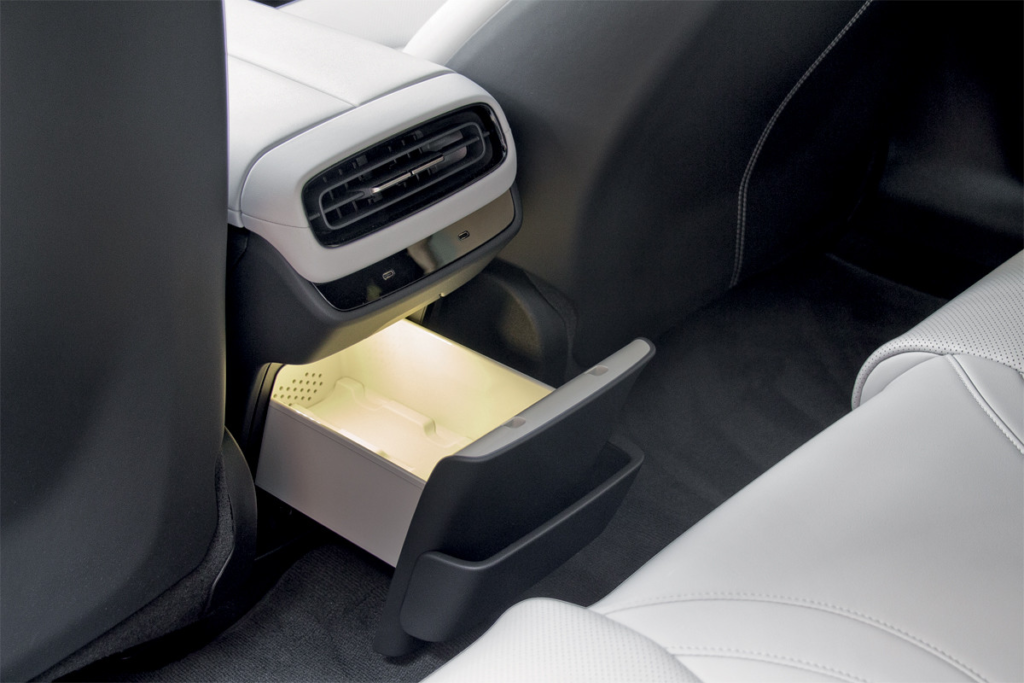
The temperature in the 4.7L pull-out refrigerator can be selected from the menu
Criticisms? Sure
First, the car seems untrained in controlled slides. It officially passes the ISO 3888-2 moose test at 82 km/h, but in tight turns, the tires squeal early, the front end gives way suddenly, and the car awkwardly slips into oversteer.
Second, there’s too big a gap in performance modes. A 0–100 time of 6.5 seconds in Comfort feels sluggish — especially when the SU7 Max can dip below three seconds in Sport+. Maybe there’s a hidden power cap in the Chinese menu?

The glass roof tries to expand the space, the straps are fixed with steel washers
Third, the accelerator pedal could be lighter and more communicative — it gets tiring, especially in one-pedal mode. The regenerative braking is strong (up to 0.36g without hydraulics), but the braking feel isn’t consistent at high speeds.

Frunk could be bigger, but underneath it is a pack of two radiators.
Fourth, the side bolster support is overly aggressive — great in theory, but the seat jabs your ribs even during gentle lane changes.
Fifth, the pedestrian-warning hum below 20 km/h resets every time you turn the car off — and you have to disable it manually again.

The trunk is like a pencil case with a narrow opening, but there is a roomy compartment under the floor, and the backrests fold easily

Sixth… the rear seating. The ultra-thin 120 mm battery still raises the floor, so you sit with your knees too high.
But — and it’s a big but — almost all of these gripes (from #2 to #5) could be fixed with software updates. Xiaomi pushes regular OTA updates (we’re now on version 1.2.3), and even chassis tuning might be included. But for that, the car must be in China and have all original parts — SU7s with aftermarket headlights, for example, have failed to update due to mismatched serial numbers.

The exterior mirrors are slightly offset back, but have almost no frames.
That’s life in the smartphone-on-wheels era. But here’s Xiaomi’s massive advantage: full in-house software and UI expertise. And battery tech too — essential for mobile devices, now repurposed for EVs. The SU7 Max’s battery is made by CATL, but Xiaomi holds 36 patents related to its design.

The hatch is servo-driven, GB/T connectors are for AC and DC
Same with the motors: built by UMC and Inovance, based on existing models, but co-developed with Xiaomi. The rotor limit will soon be raised to 25,000 rpm, but Xiaomi engineers want more. For the upcoming SU7 Ultra, they’re developing hyper-motors spinning up to 35,000 rpm. “At that speed, a grain of sand becomes a bullet,” as Vladimir Vysotsky once sang. The steel rotors — embedded with permanent magnets — could tear themselves apart. That’s why they’re wrapped in pre-tensioned carbon fiber sleeves, then cured with lasers.
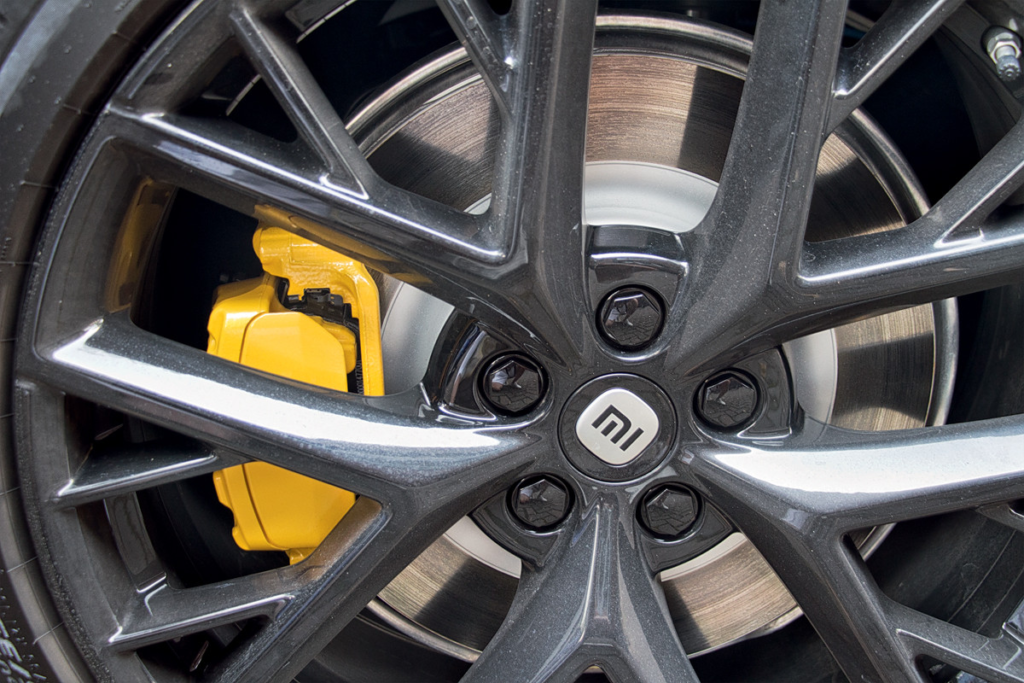
Rear floating calipers with solid discs (first slide) — so-so company with front four-piston Brembo
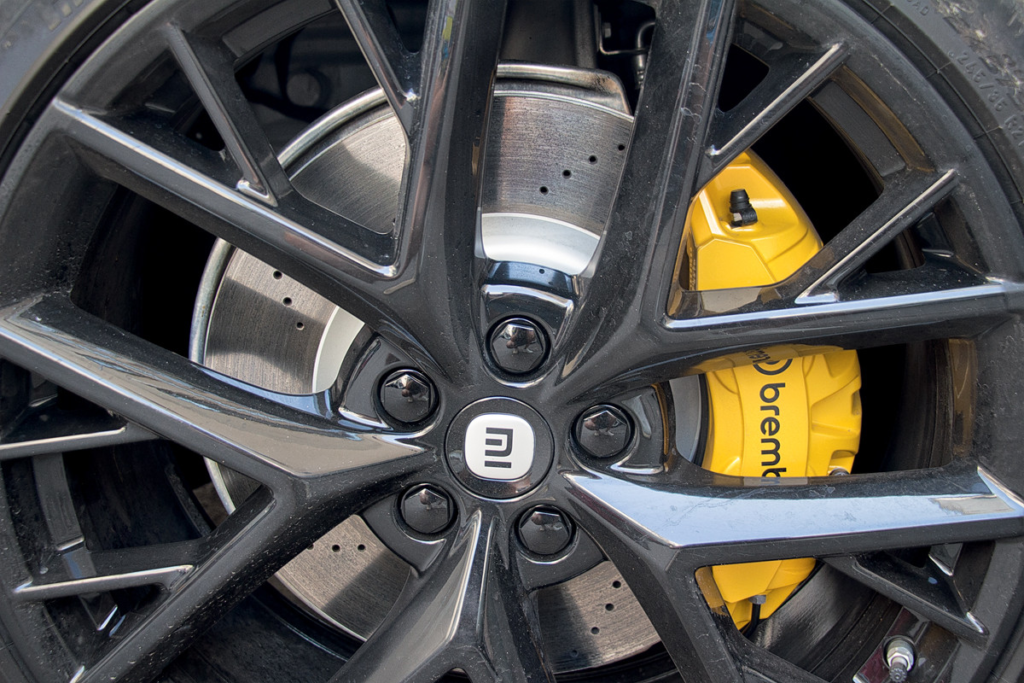
This isn’t exactly new technology — it was invented recently in the West — but the Chinese are already mass-producing it.
The Future Is Plugged In
As time goes on, it will only get easier for tech firms to enter the car industry. China is full of suppliers with turnkey solutions. All you need is a clear objective, a skilled team, and a budget of about $1.5 billion. Voilà — or whatever the Mandarin equivalent is — and demand for the SU7 soars. Fifty thousand orders were snapped up in 30 minutes. Xiaomi’s roboticized Beijing plant (formerly a BAIC off-road facility) is now building 10,000 units per month, and scaling toward its 200,000-unit target.
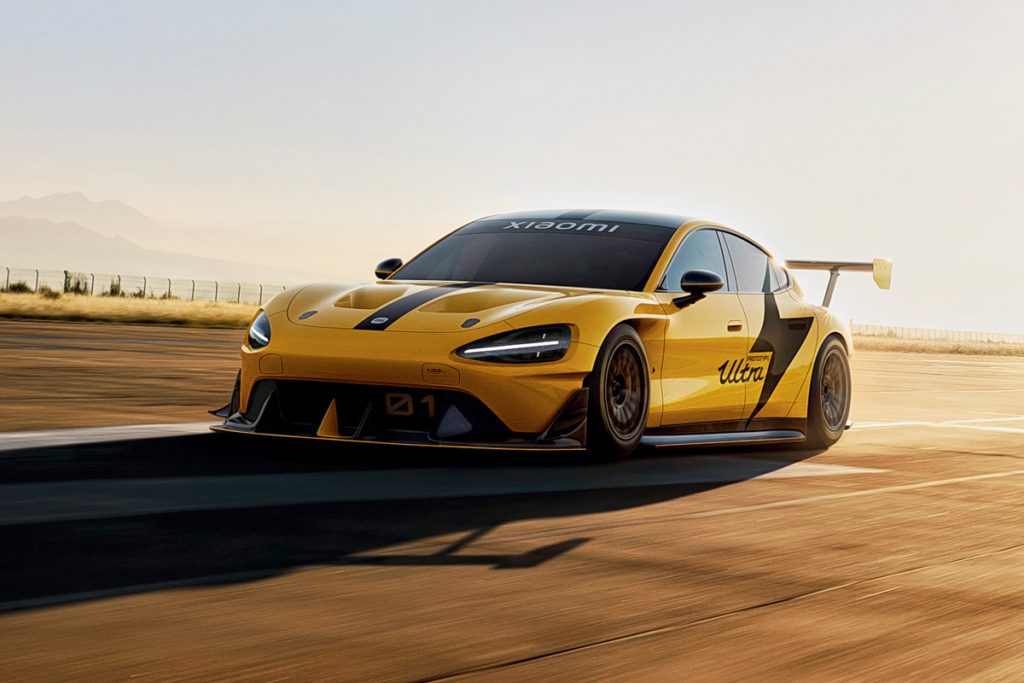
Three-motor Xiaomi SU7 Ultra will be sold to customers only after a training course: over 1500 hp, less than two seconds to “hundreds” and a maximum of 360 km/h
Still, the SU7 might not match the popularity of the Zeekr 001 in Russia — the Zeekr is roomier and more SUV-like. The SU7 has a tighter cabin and a pencil-case-sized trunk. But Xiaomi’s next model, the MX11 crossover, is on its way.
In 10–15 years, who knows — maybe Lei Jun’s gadget empire will crack the top five global automakers.
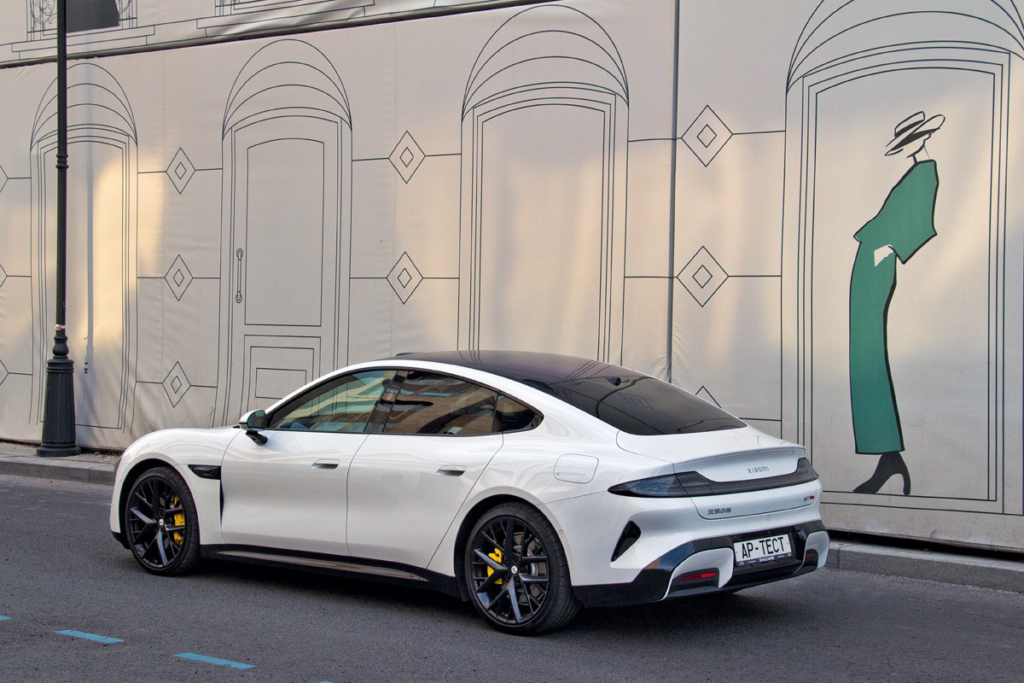
Yep, old Krylov’s fables are outdated. Turns out this Chinese tech-pike has teeth — and lungs — and it just might devour the auto-industry cats. The SU7 is ready for takeoff. Please fasten your seatbelts.
Enjoy the flight.
Photo: Xiaomi | Leonid Golovanov
This is a translation. You can read the original article here: Нетелефон: Голованов про электромобиль Xiaomi SU7 Max

Published June 19, 2025 • 10m to read

